Cats will eventually scratch everything, even if it’s not intentional. Furniture and flooring can get accidentally scratched by their playing, running, and climbing. Luckily, there are ways to protect your furniture and items from being scratched up and still let your cats be cats.
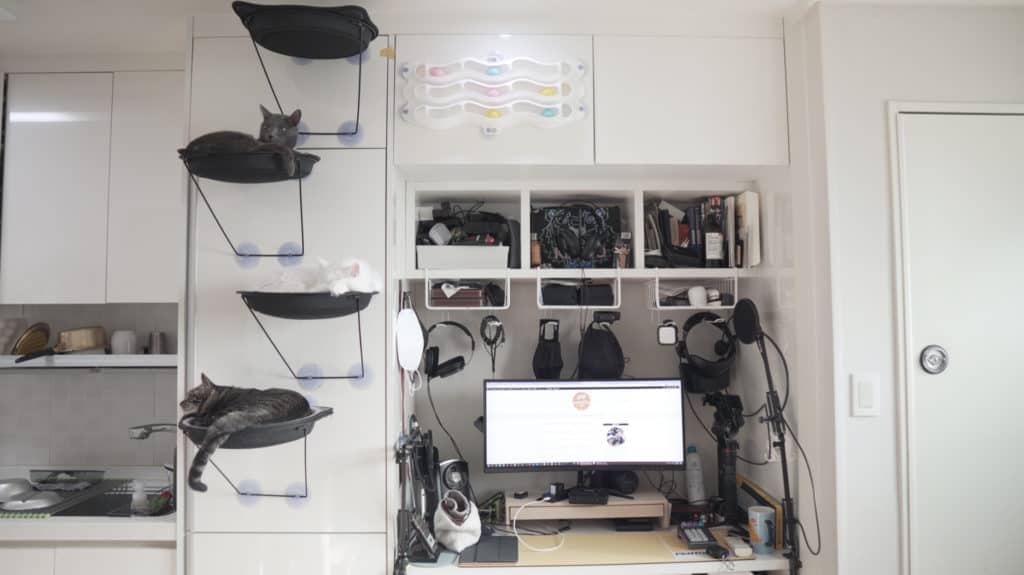
Why Do Cats Need to Scratch?
Behaviourally, cat claws are mandatory for our daily cat’s life. They need their claws to relieve their stress and defend themselves. They also need to remove the outer layers of the claws to keep them sharp and mark their territory. Without claws, it causes them a great deal of discomfort, stress and usually leads to negative behavior traits.
Health-wise, cats that don’t have good things to scratch can develop hooked claws that could bend back and puncture your cat’s soft paws! So it is a good idea to have a thorough inspection of your pet’s paws every so often in addition to providing them with the proper places to scratch!
Methods To Protect Your Furniture From Your Cat’s Claws
So how can cat owners protect their furniture from their cat’s claws?
- Trim claws to minimize damage.
- Guide their claws to the proper items.
- Choose claw resistent materials/furniture.
- Use third party products to protect furniture.
- Combine all of the above for the best results.
The main goal is to give those claws a little guidance on where to scratch and how to scratch, rather than trying to avoid them altogether.
Protect Furniture From Cats By Trimming Their Claws
The first simple but sometimes not as obvious tip is to trim their claws! Sharp claws do more damage and make more holes. Sharp claws also drag out more threads and fabric from furniture.

It’s best to have a schedule to trim your cat’s claws. For me, I do it every 2 weeks. They’re going to scratch and make holes anyways just from running/playing/climbing, so trimming will help take the edge off of whatever they are scratching or puncturing.
Protect Your Furniture From Your Cats By Redirecting Their Claws
The best way to shape a cat behaviorally is to provide them with a better option to do what is natural. Basically give the cats something that feels much better than any other material or furniture to scratch around.
If you provide cats with a better option to do something, they will usually take it. This goes with anything. Don’t want them on your countertop? Give them better perches around the area. Are they messing with stuff on your table? Provide them with better toys or schedule more playtime. It’s an easy but important concept to grasp.
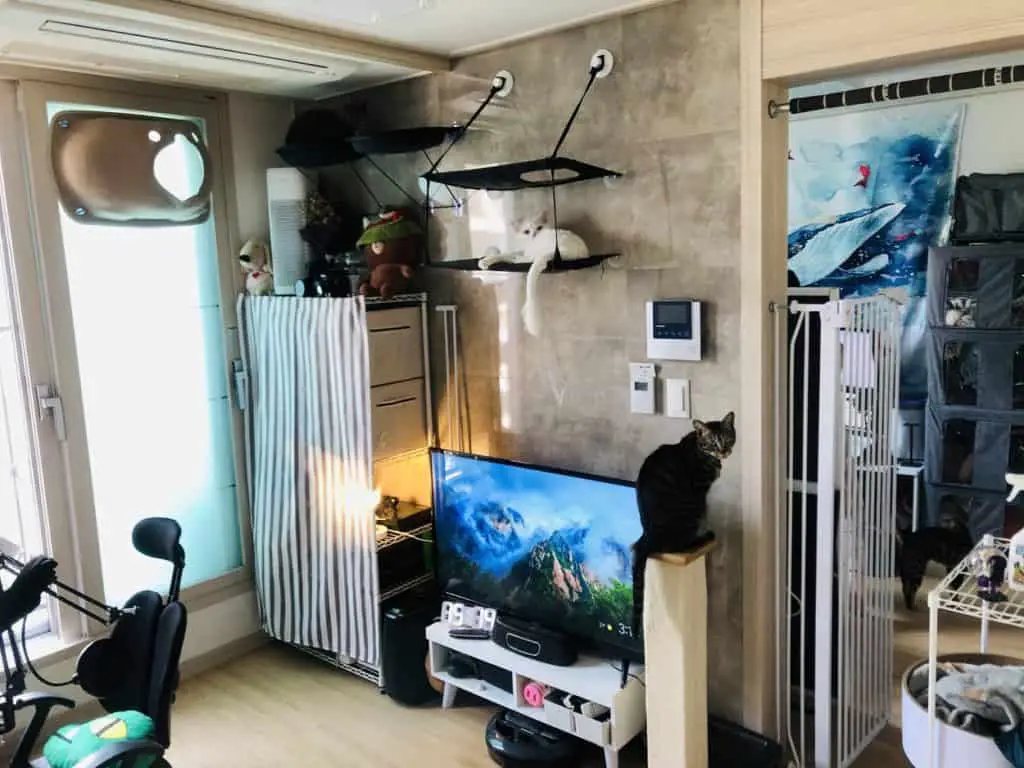
Before learning about cat behavior, I didn’t understand why all of my cats loved scratching my couch whenever they woke up from their naps. I eventually realized that it was the tallest, most stable, scratchable object around in the room.
Although many cat owners have cat towers with scratching spots (such as myself in the past), they’re usually cheaply made and get quite wobbly after a short time. Investing in a high-quality scratching post that’s made for scratching provides much more value than buying an average cat tower.
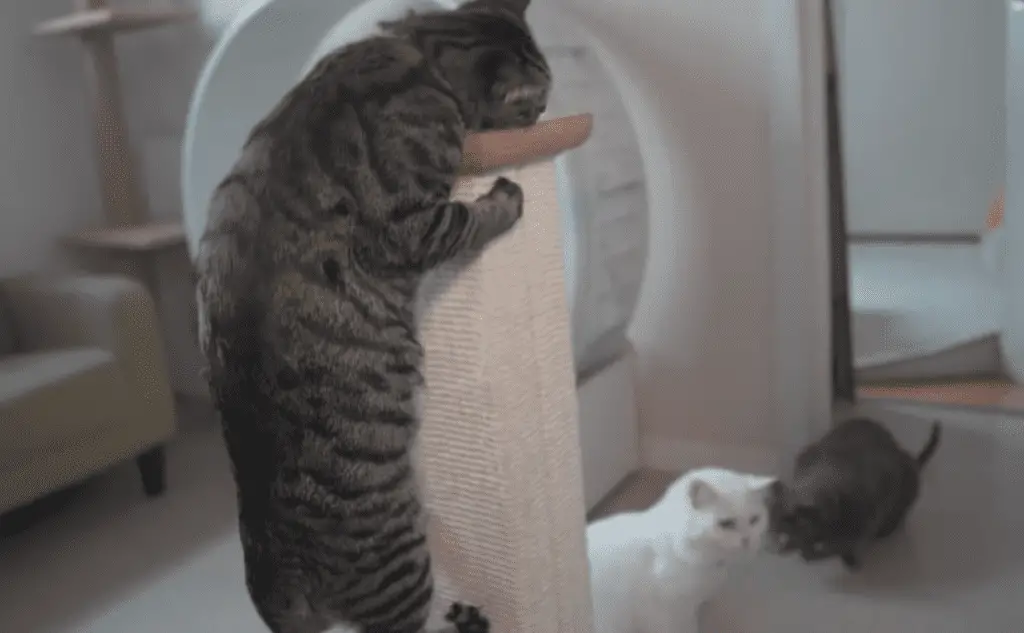
I recommend this cat scratching post: SmartCat Ultimate Scratching Post (click the link for an in-depth review!). I’ve only bought one vertical scratching post and never bought another cat scratching post of the same type again. Depending on the size of your home, the number of scratching posts matters too!
Protect Your Furniture From Cats By Choosing Claw Resistant Materials
Whenever you want to purchase some new furniture, first imagine if you were a cat and you dug your claws into it. How would it feel? Would there be some resistance allowing you to puncture and shred the material? If it would feel good to rip it apart. Don’t purchase it.

Softer, more porous material, on the other hand, allows the claws to go in and out smoothly without getting caught on any fibers or threads. Therefore, choose different types of materials that are resistant to cat claws! Such as mesh, velvet, suede (the only type of leather you should have with cats around), and spongey types of material for furniture that your cat has access to!
Cats prefer scratchy/rough fabrics and materials. These materials provide a good amount of resistance for them to shed their claws. So if you’re shopping around for furniture, that’s the type of material you would want to avoid.
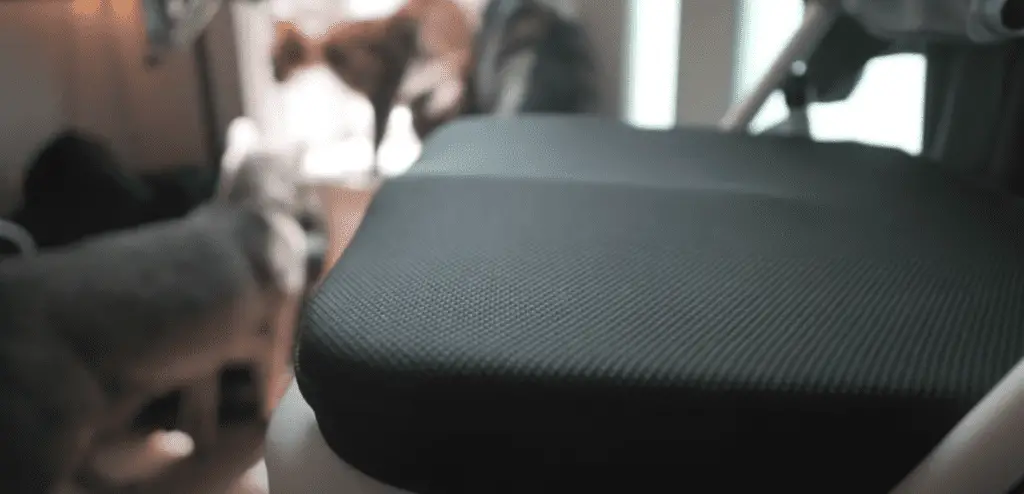
Color matters! Damage and stains on black and darker colors are a lot less noticeable than lighter colors. Lighter colors have many shades and different color threads that could be very easy to spot. It’s also a good idea to check that the threads are the same color as the fabric or material.
Avoid regular leather or synthetic leather. Cats love the resistance that provides and the noise it makes when they scratch these types of materials. This is a problem for me because I love leather furniture (I’ve always wanted a nice leather computer chair). Still, since my cats are in the same room as my furniture, so I have to avoid these types of furniture.
Protect Furniture From Cats By Using Third Party Protection
Couch covers, throws, and silicone nail caps! We reach our last line of defense, and that is going to third-party options for more protection. If you have some furniture or things in the house that are quite valuable and you want that extra little bit of protection from claws, you can think about using these types of products.
Furniture Covers/Blankets/Throws
The first thing I use the most often is furniture covers. More specifically, couch covers. When the previous apartment owner left behind a couch, and since the material was rough, woven fabric – the cats loved to scratch it. So I needed a cover to go over the couch and protect it from being scratched. Since the cover was so soft, so the cats didn’t want to scratch it.
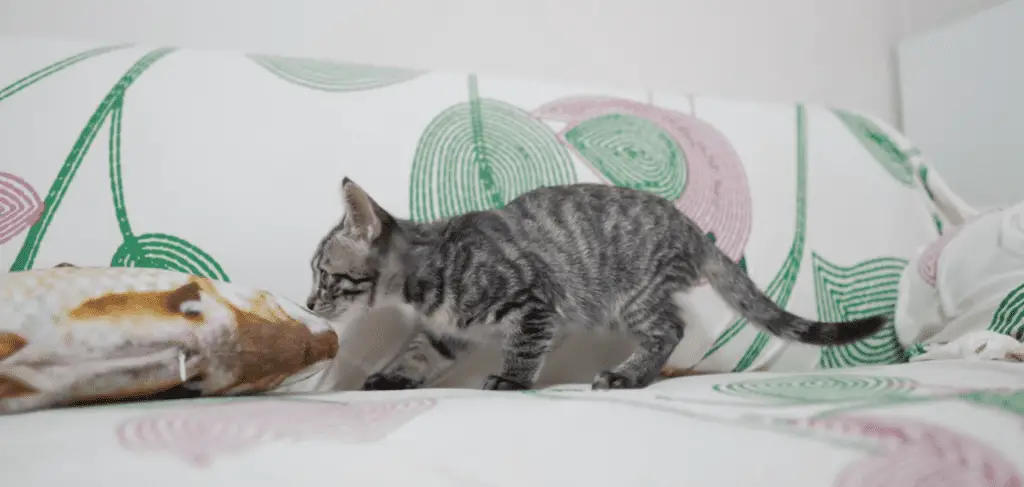
Again, think about the scratching experience that a cat might have when scratching a couch cover or a throw/blanket. They’re going to try to scratch it, and then it might move around and get caught in their claws. Not a pleasant experience for the cat. Therefore, using this in conjunction with the above tips and behavioral guidance – cats will quickly learn that it’s not for scratching.
Behavior Correcting Sticky-Tape & Shields
For those who don’t want to cover up their furniture, these products can help protect certain specific regions of your furniture that are a bit more vulnerable to getting scratched. These products can be left on until your cats start learning that there are other things to scratch around the home. After some good habits have set in, then owners can remove them.
 Transparent Shield Furniture Protectors
Transparent Shield Furniture Protectors
This product is another great alternative keep certain areas vulnerable areas of your furniture protected from your cat's claws. It's large, easy to install, and doesn't attract dust or particles!
 Sticky Paws Pet Sticky Roll
Sticky Paws Pet Sticky Roll
When push comes to shove, this can be a good tool to our teach cats what areas are unacceptable to be on. This is for people that don't want certain furniture to be scratched up and for stubborn cats that are set in their ways scratching up a certain type of furniture or material.
Silicone Nailcaps & Softpaws
These things are silicone covers that get glued onto your cat’s claws. They are non-toxic and don’t harm that cat in any way. It dulls their claws quite a bit but still allows them to scratch whatever they want. The claw covers come in many colors, so it can be a lot of fun for owners that like dressing up their cats.
For homes with a lot of valuable furniture already such as places with a lot of leather, carpeting, or expensive drapes, these nailcaps can be very helpful as a quick solution.
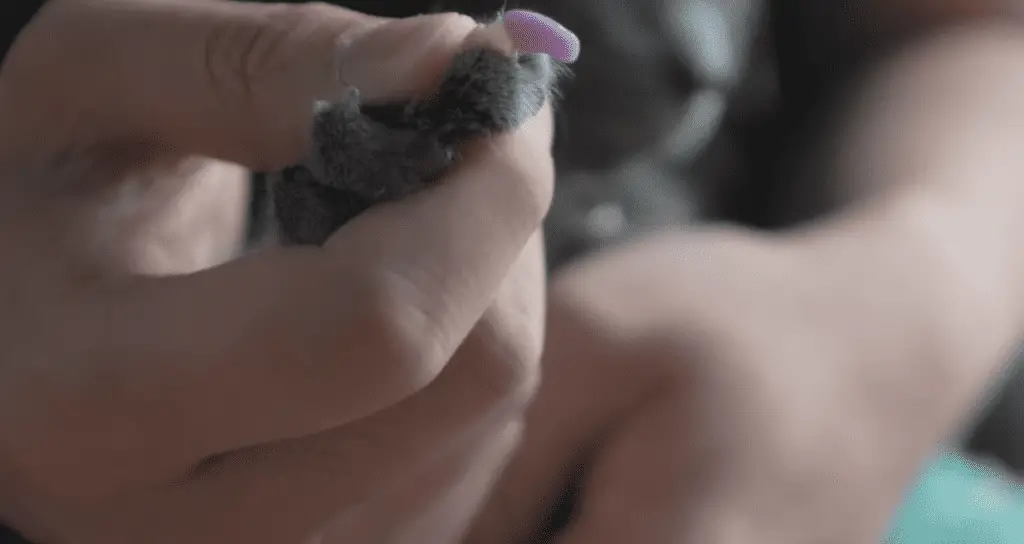

The negative part about using silicon nail caps exclusively is that it doesn’t fix any behaviors. It allows the cat to just willy nilly scratch whatever they please. Therefore, it’s best to be used in combination with the above tips.
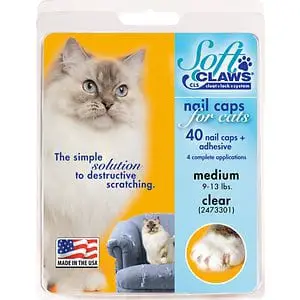 Soft Claws Cat Nail Caps, 40 count
Soft Claws Cat Nail Caps, 40 count
Save your floors and furniture with Soft Claws Cat Nail Caps. A safe and pain-free alternative to declawing, Soft Claws works by simply capping your cat’s claws with a vinyl cover. It applies easily with a safe and non-toxic adhesive, and will not interfere with the normal extension and retraction of their nails—which means even the fussiest kitty won’t mind wearing them. So your cat can go about his routine of pawing and playing, and you don’t have to worry about unwanted scratches. Easy to apply and long-lasting, it’s made right here in the USA.

Thank you for all your advice and tips.